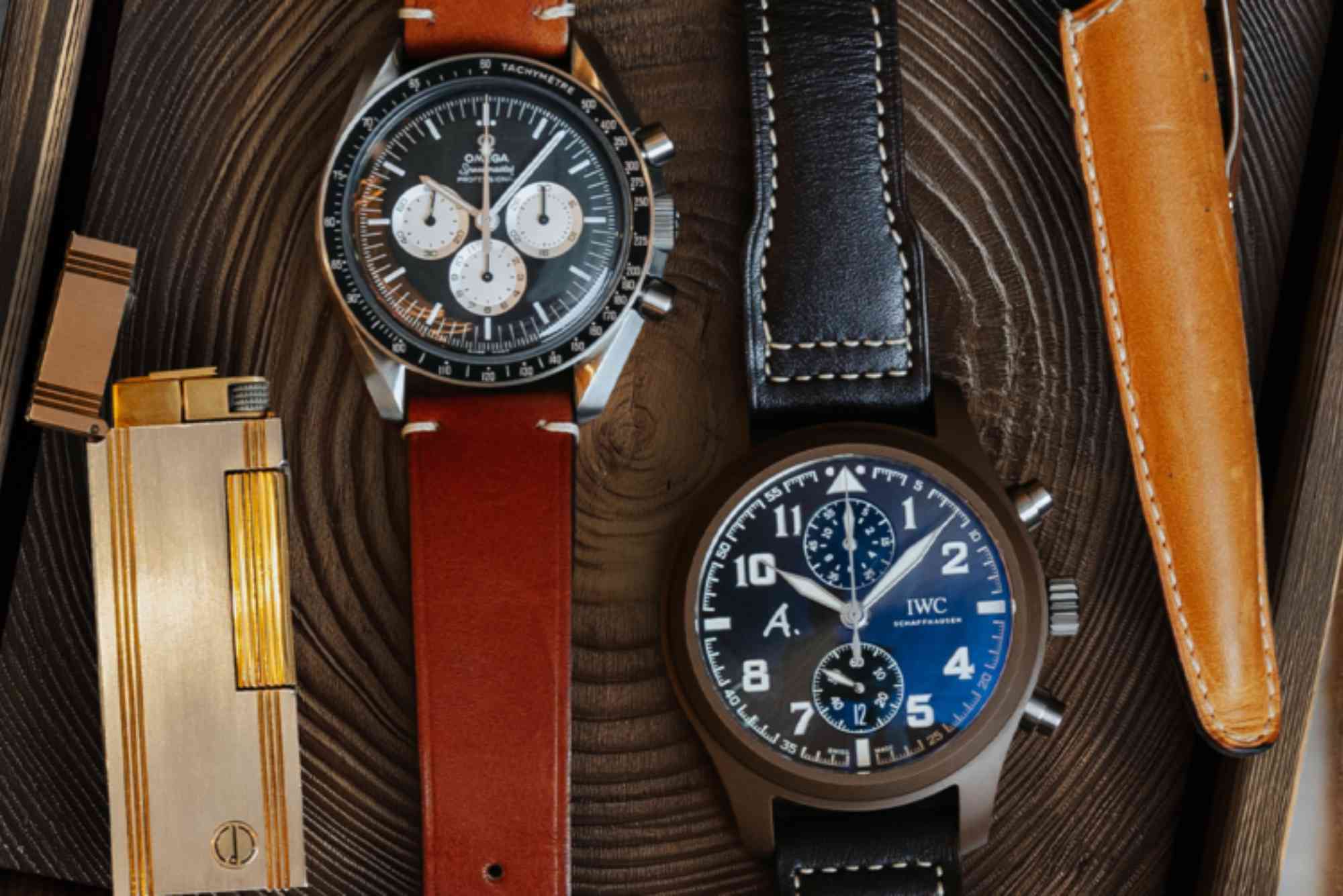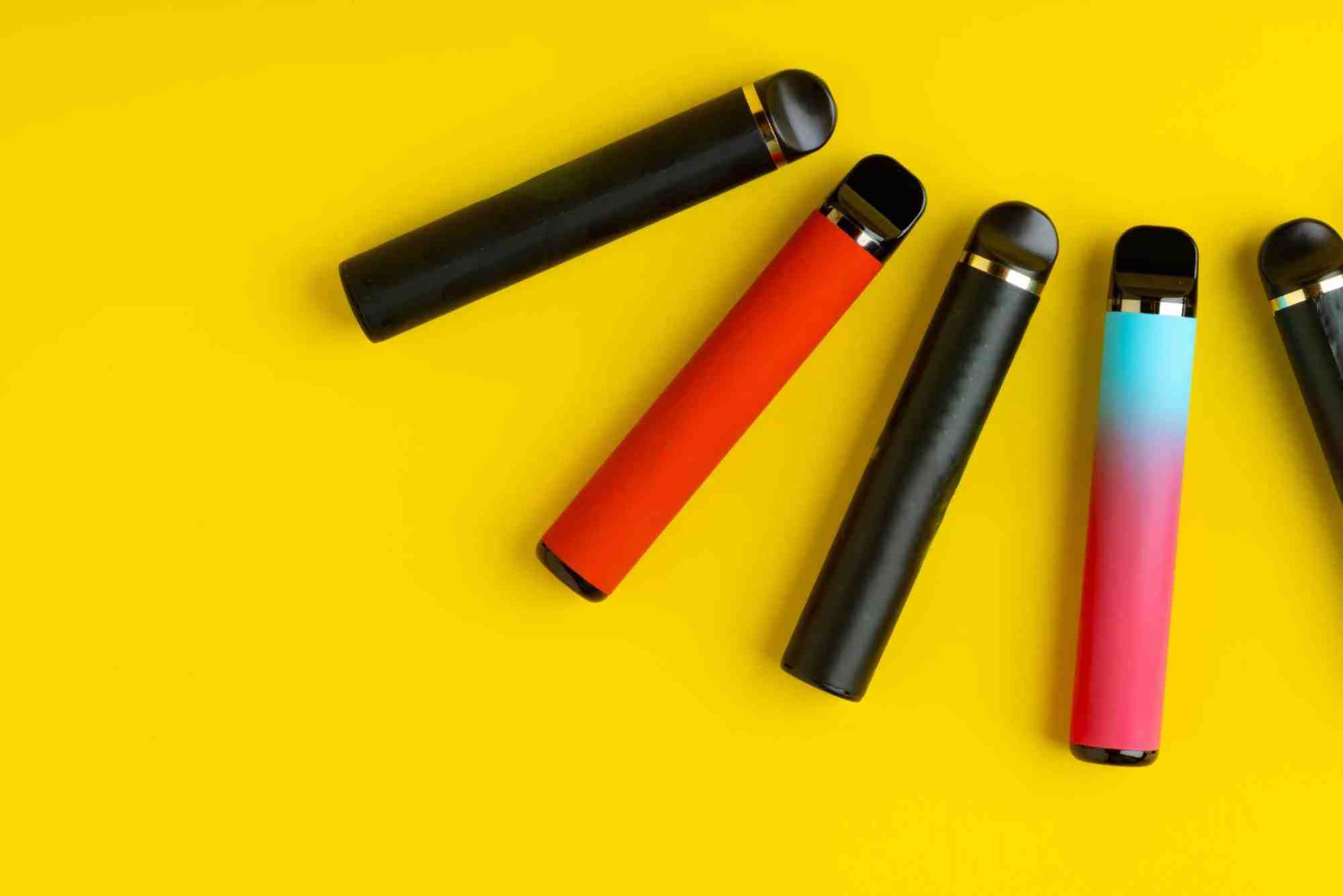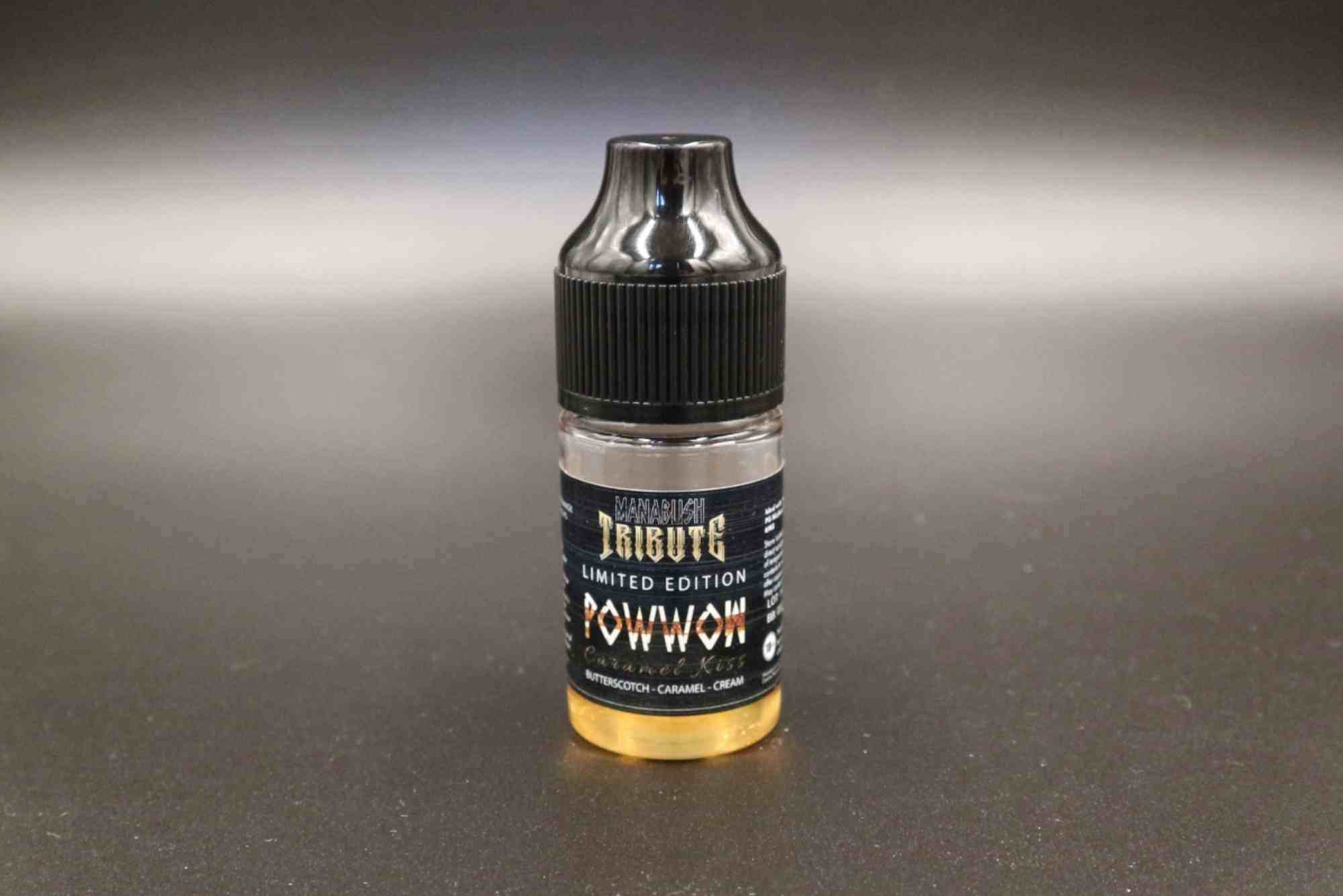Introduction
Buying pre-owned watches safely requires a balance of passion, patience, and awareness. The pre-owned watch market has grown rapidly as collectors and enthusiasts look for luxury timepieces with character and history at more affordable prices. Yet, as the demand rises, so do the risks — from counterfeits to overpriced deals. This guide will walk you through how to buy a pre-owned watch confidently, ensuring you get both authenticity and value for your money.
Understanding the Pre-Owned Watch Market
The pre-owned watch industry has evolved into a multi-billion-dollar marketplace. Enthusiasts no longer view secondhand watches as mere used goods but as timepieces rich with stories and craftsmanship. Many luxury brands — including Rolex, Omega, and Patek Philippe — hold their value remarkably well, making them attractive for both collectors and first-time buyers.
However, as appealing as the market is, it can also be unpredictable. Unscrupulous sellers, modified watches, and fake parts can quickly turn a dream purchase into regret. That’s why knowing how to buy pre-owned watches safely is essential.
Why Buy Pre-Owned Watches?
Buying a pre-owned watch isn’t just about saving money. It’s about access, heritage, and sustainability. Many sought-after models have long waiting lists when bought new, but the pre-owned market provides immediate availability. You can find discontinued designs, rare editions, and iconic pieces that are no longer produced.
Pre-owned purchases also offer excellent value. Once a watch has taken its initial depreciation hit, its price tends to stabilize. That means a carefully chosen timepiece can even appreciate over time, especially when kept in good condition.
How to Buy Pre-Owned Watches Safely
Verify the Seller’s Reputation
Your first and most crucial step is choosing a trustworthy seller. Always research the seller before making a purchase. Reputable dealers usually provide detailed watch histories, high-quality images, and clear return policies. Private sellers may offer lower prices, but they also come with higher risks.
Check for reviews, business registration, and any past customer complaints. A well-established reputation speaks volumes about trustworthiness. Avoid anyone who pressures you for quick decisions — legitimate sellers never rush their clients.
Authenticate the Watch
Authentication is the foundation of buying pre-owned watches safely. Counterfeits today are incredibly sophisticated, often mimicking even the smallest details. Ask for complete documentation, including original receipts, warranty cards, and service papers.
If documentation isn’t available, rely on an independent authentication service or a professional watchmaker. They can open the caseback and verify the movement, serial numbers, and components. Never assume that a watch’s outward appearance guarantees authenticity.
Examine the Watch’s Condition
Condition directly affects both price and longevity. Look carefully at the case, dial, and bracelet for signs of over-polishing or replacement parts. Scratches can be normal, but a heavily refurbished piece may lose its original character.
A watch that has been serviced regularly is often more reliable than one that has been left untouched for years. Ask for service records — these can reveal how well the watch has been maintained.
Understand Market Value
Before buying, research the current market value for your desired model. Websites and watch forums can give a good sense of pricing trends. Prices fluctuate based on brand popularity, condition, and rarity.
Be cautious of deals that seem too good to be true — they often are. Likewise, inflated prices can occur when sellers exploit limited availability. Understanding fair value ensures you’re paying a reasonable price and not falling victim to overpricing.
Use Secure Payment Methods
Always use secure and traceable payment options. Credit cards and reputable online platforms offer buyer protection, unlike wire transfers or cash payments. Avoid off-platform transactions that bypass official channels. They may seem convenient but eliminate your safety net if something goes wrong.
A transparent seller will never hesitate to accommodate safe payment methods.
Common Mistakes to Avoid
Many first-time buyers focus solely on aesthetics or price and overlook essential due diligence. Buying impulsively, ignoring authenticity checks, or skipping service history can lead to costly mistakes. Another common error is neglecting to confirm return policies — every reputable seller should offer one.
Avoid watches that lack serial numbers or show inconsistent engravings. These signs often indicate tampering or replacement parts. Lastly, never rely solely on photos; whenever possible, inspect the watch in person or request high-resolution videos under natural lighting.
Maintaining and Servicing Your Pre-Owned Watch
Once you’ve bought your pre-owned watch safely, maintenance becomes the next priority. Regular servicing keeps your timepiece in excellent condition and preserves its value. Most luxury watches require professional servicing every three to five years, depending on usage and model.
Keep the watch clean and avoid exposing it to magnets or extreme temperatures. If it’s water-resistant, ensure gaskets are checked periodically. Storing your watch in a cool, dry place, preferably in its box or a watch case, helps prevent moisture and dust damage.
Selling or Trading Your Pre-Owned Watch
If you ever decide to sell or trade your pre-owned watch, having all original documents and packaging significantly increases its value. Transparency about condition, service history, and modifications builds buyer confidence and speeds up resale.
The same principles that guide safe buying also apply to selling — honesty, documentation, and market research are key.
FAQs About Buying Pre-Owned Watches Safely
1. How do I know if a pre-owned watch is authentic?
Check serial numbers, request original documents, and have the watch examined by a certified watchmaker. Reputable dealers always provide proof of authenticity.
2. Are pre-owned watches a good investment?
Yes, many models hold or increase in value, especially limited editions and watches from respected brands. Proper care and documentation enhance investment potential.
3. Can I buy pre-owned watches online safely?
Absolutely, but only through trusted platforms or verified dealers. Ensure clear photos, descriptions, and return policies before purchasing.
4. What’s the difference between pre-owned and vintage watches?
Pre-owned refers to any used watch, while vintage typically describes pieces over 20–30 years old. Vintage watches may need special care due to age.
5. Should I service a pre-owned watch immediately after purchase?
It’s recommended unless the seller provides recent service records. Servicing ensures performance, waterproofing, and mechanical reliability.
Buy Smart, Buy Safe
Buying pre-owned watches safely is about combining passion with caution. A watch is more than a timekeeping device — it’s a piece of history, craftsmanship, and emotion. Whether you’re investing in your first luxury watch or expanding your collection, knowledge protects your purchase and enhances your experience.







